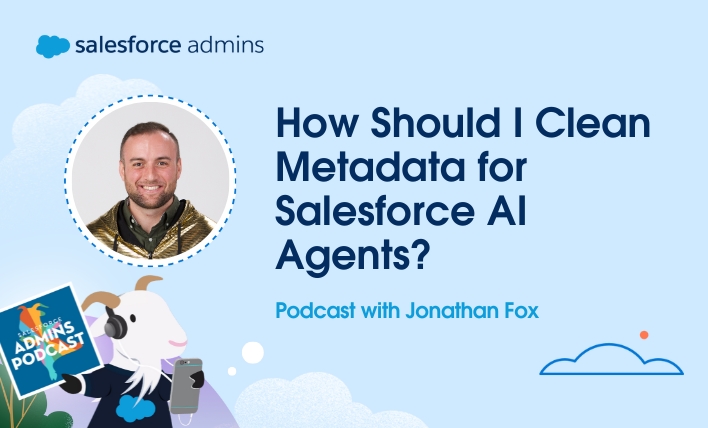In this week’s special bonus episode of the Salesforce Admins Podcast, we’re joined by Woodson Martin, EVP and GM, Salesforce AppExchange. He shares some amazing success stories of Salesforce customers that have made transformative adaptations over the past year. Join us as we talk about why a balance of speed and preparation is the key […]






